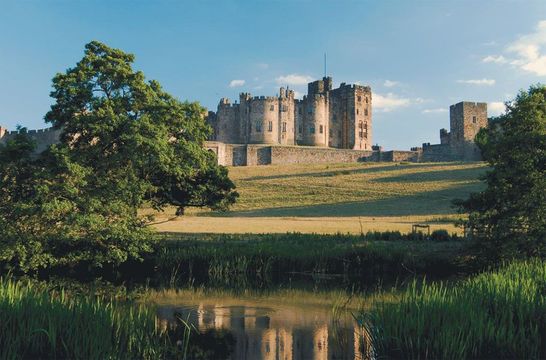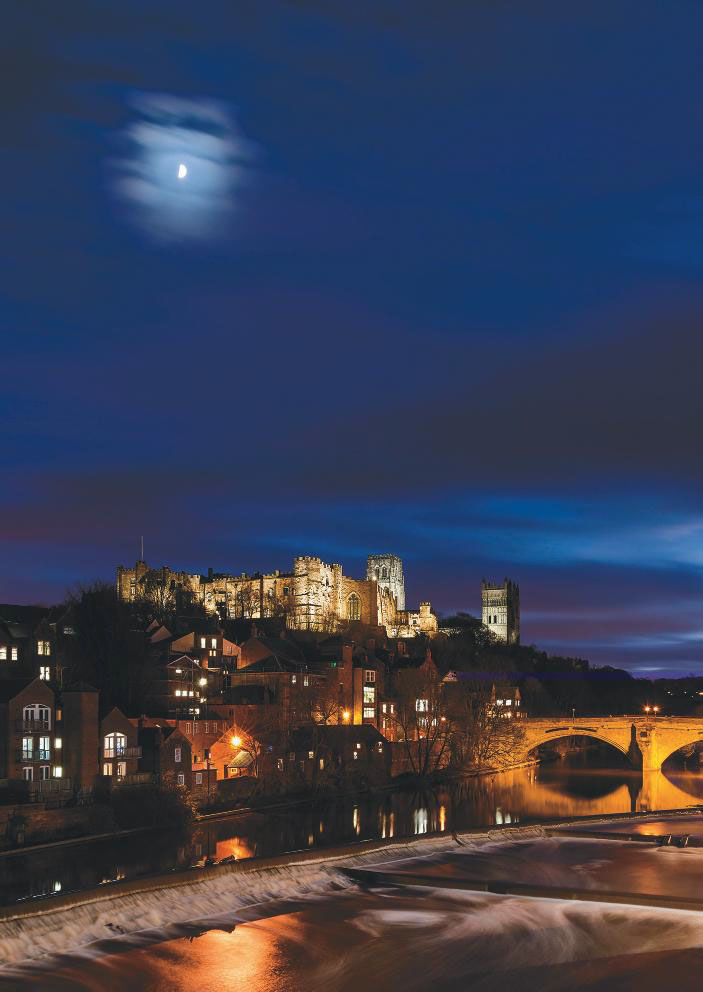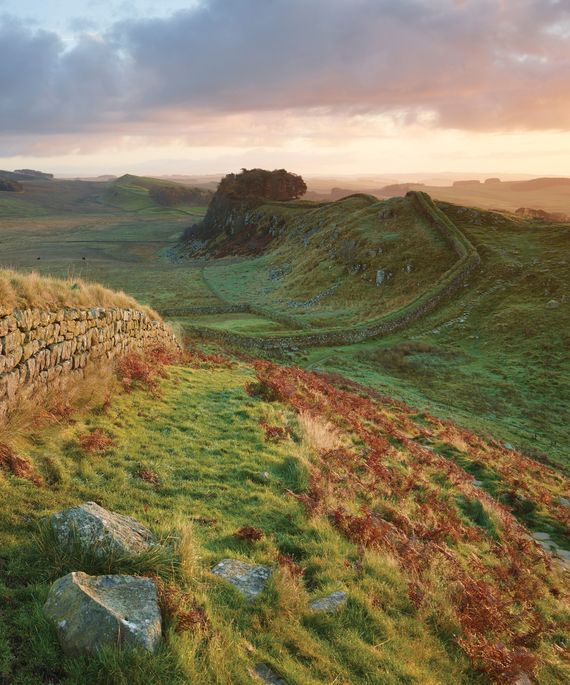
YorkGetty: Images
This is the land of Prince Bishops and Border lords, Roman occupation, and Viking invasion. Castles and cathedrals, barren hillsides dotted with sheep, abbey ruins, and friendly country pubs: from Yorkshire to Northumberland, England’s North Country is rich with enchanting lore and dramatic landscapes. Begin with a fast train from London to York.
Day 1 – Train to the Capital of the North
Take the train north this morning from London Kings Cross. It’s a two-hour run through the East Midlands to magnificent York Station. Stop at the York Visitors Centre just down Museum Street toward York Minster to pick up street maps of the compact pedestrian-friendly historic city center.
The Royal York Hotel, right at historic York Station is both convenient and elegant. The more budget-conscious accommodation is nearby at the Park Inn. Three-star Dean’s Court and the York Hilton are also both recommended and well located.
Read more
The largest Gothic cathedral north of the Alps, 13th-century York Minster will be an obvious place to begin your exploration. The cathedral’s treasures include the largest display of medieval stained glass in the world. As seat of the Archbishop of York, its presence has made York a center of ecclesiastical power for 700 years. Do also visit the parish church of St. Michael Le Belfry just across the street.
Day 2 – Eboracum to Jorvik to York
It’s a full free day in one of England’s most fascinating cities. You might begin with the Jorvik Viking Centre on Coopergate for a time-ride back into the 900s—to Viking Jorvik. Just around the corner is one of the most important folk museums in the world, The Castle Museum. The National Railroad Museum is the largest in the world with everything imaginable related to trains, and free admission. Take a walk on York’s medieval city walls, browse through open air Newgate Market, the Shambles, cobbled Stonegate and Petergate.
Have afternoon tea at famous Bettys—if you don’t mind the queue. Ye Old Starre Inn, the oldest pub in the city, still provides good food and drink, too. Your rambles in York might also discover the Yorkshire Museum in St. Mary’s Gardens, the Merchant Adventurers Hall, the Richard III Museum or the castle mound of Clifford’s Tower for a bird’s-eye view of the medieval city. Or take a boat ride on the River Ouse. All of the city’s attractions are in easy walking distance within old city walls. For this evening, you might check out the Theatre Royal, or a popular evening ghost walk.
Explore at www.visityork.org.
Day 3 – Harrogate, Fountains Abbey and Ripon
Pick up a rental car this morning and turn west on the A59 to the Edwardian spa town of Harrogate, renowned for its lavish public gardens. Then, head north toward Ripon for a visit to Fountains Abbey, the largest monastic ruins in England, and the 18th-century landscape gardens of Studley Royal. Pay a visit to Ripon Cathedral in one of England’s smallest cathedral cities before continuing north to the university city of Durham, most expeditiously on the A1.

THINKSTOCK
Day 4 – Border Lords and Prince Bishops
From any point in the medieval city, it is up from the Market Square to majestic Durham Cathedral, begun as a final resting place of St. Cuthbert and now 900 years old. For centuries the Bishop of Durham was a warlord as well, largely administering England’s northeastern counties as a fiefdom.
Durham Castle shares Palace Green, now part of the university. Visit one of Durham’s colleges, too, perhaps St. Chad’s or St. John’s. Explore Durham for shopping, the shaded walks along the River Wear, Palace Green, the Light Infantry Museum, or a visit to surprising St. Nicholas Church.
Day 5 – Hadrian’s Wall and the Wilds of Northumberland
Turning toward Northumbria today, it’s an easy drive to the award-winning North of England Open Air Museum at Beamish. From the colliery village to the home farm to the village High Street, Beamish re-creates life in the rural border counties in the early 1900s. It’s a great visit.
Then, it’s to the market town of Hexham and a visit to the Roman fort at Housesteads along Hadrian’s Wall, furthest outpost of the Roman Empire. This afternoon continue across the Pennines to the ancient market town of Alnwick. The White Swan Inn is a classic coaching in on the market square and practically adjacent to Alnwick Castle, the historic seat of the powerful Percy family and famed for its gardens.

Hadrian's Wall
Day 6 – A Pilgrimage to Lindisfarne
Today’s excursion takes us along the coast to Lindisfarne, often called the Holy Island. Missionaries from the Hebrides settled here in 635. The ruins of the Benedictine priory and 16th-century castle dominate a stark island teeming with birdlife.
You’ll have to note the tide tables in Alnwick to make the causeway crossing at low tide. After yesterday’s busy day, you may still have Alnwick Castle to visit. Or drive down the Northumbrian coast to Bamburgh Castle, Seahouses, or a boat ride to the Farne Islands (see British Heritage, January 2014, p. 34).
Day 7 – Return to the South?
When it comes time to head back to London or the airports, the most efficient route is to return the rental in Newcastle upon Tyne, and take the train from Newcastle on the East Coat Main Line. About three hours will have you back at Kings Cross. Of course, that rail line runs north to Edinburgh as well.





Comments